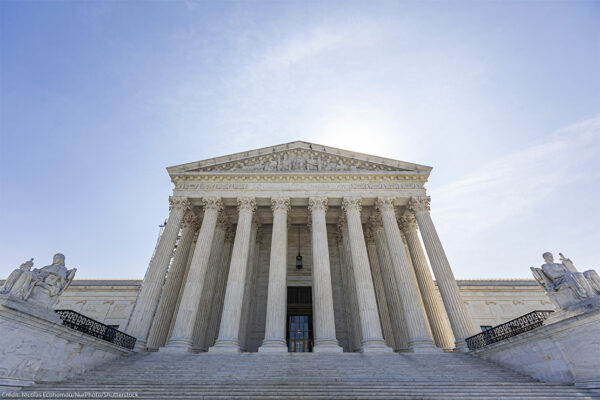Get Ready for A Scintillating Discussion on the Finer Points of IP and Foreign Trade Policy


If agreed to, it would be the largest free trade agreement the United States has ever entered. The current negotiating parties also include Singapore, Chile, Australia, Brunei (really, Brunei?), Malaysia, New Zealand, Peru, Vietnam, Mexico and Canada. The latter two were just added, but are, as one might guess, the two largest U.S. trading partners (by far) among the parties.
Now, what does the ≥‘πœ÷±≤• have to do with a free trade agreement? It turns out the U. S. has increasingly sought to include comprehensive intellectual property protections in its international trade policy, which could have significant effects on our domestic IP law. TPP is no exception. The draft of its IP chapter raises several First Amendment concerns. I‚Äôll cover those in some detail tomorrow, but here I‚Äôll take the opportunity to explain the threshold problem with the IP stuff in TPP: it‚Äôs being negotiated in secret.
Why that’s happening goes to the heart of the interesting constitutional considerations in international trade policy. Article I gives Congress the authority to regulate commerce with foreign nations. But, Article II has been found to give the president broad authority to manage foreign affairs. The twain meet in modern international trade agreements—the president negotiates the agreement, Congress signs off on the deal.
The president’s part in this is done through the Office of the U.S. Trade Representative (“USTR”). This is where the secrecy comes in. Our potential trading partners wouldn’t want to negotiate if there was a chance Congress could come in and blow up the deal.
So, Congress and the president came up with a compromise called (which used to be known by the more descriptive “fast track”). Under fast-track procedures, the USTR has to notify Congress that it’s negotiating an agreement, and must provide certain limited information to Congress on the content of the agreement. Otherwise, it gets a free hand to negotiate the specifics without Congressional input. For its part, once the final text is transmitted to Congress, it cannot amend or filibuster the agreement’s implementing legislation, and it must put it to an up or down vote where it will become domestic law with a simple majority.
The problem: fast track expired in 2007. The USTR is following fast-track procedures in that Congress will reauthorize them for TPP. That wouldn’t be an issue if TPP was limited to traditional international trade matters—which just implicate the constitutional intersection between presidential foreign affairs and Congressional foreign commerce powers.
When you bring intellectual property into the mix, however, you need to contend with another constitutional wrinkle. Article I, Section 8, Clause 8 of the Constitution grants Congress exclusive authority to design our intellectual property laws (subject to judicial interpretation). To the extent that IP provisions in an international trade agreement would result in material changes to U.S. law, especially when those material changes pose issues for the First Amendment, fast track would be inappropriate because it denies Congress the ability to exercise proper oversight and deliberation.
In other words, it’s a moderately big deal. Tune in tomorrow for more on the specific civil liberties concerns with the IP provisions (which, I should note, we only know about because someone leaked a draft of it in 2011).
Learn more about intellectual property: Sign up for breaking news alerts, , and .

